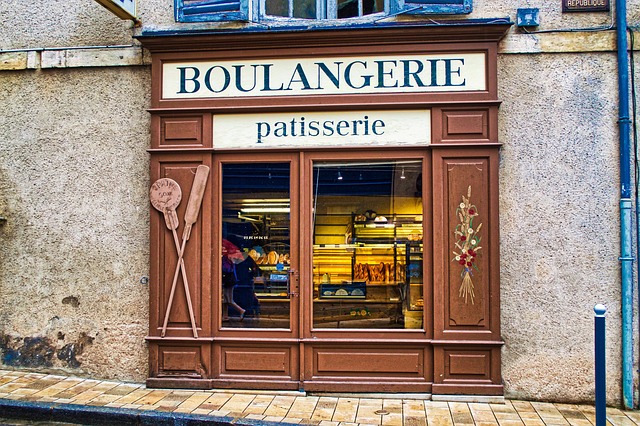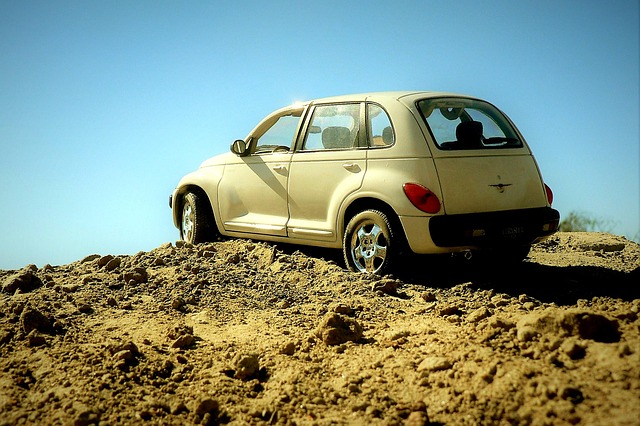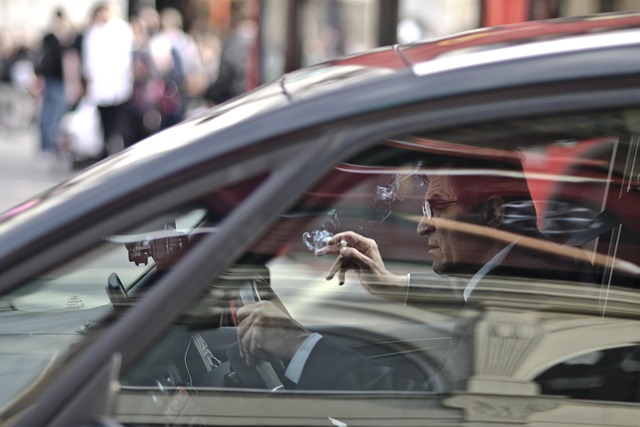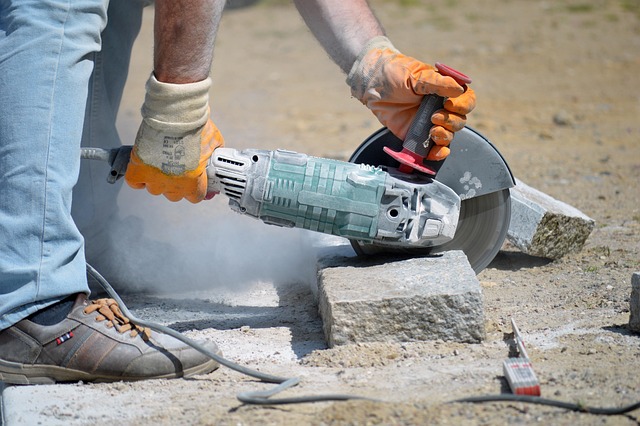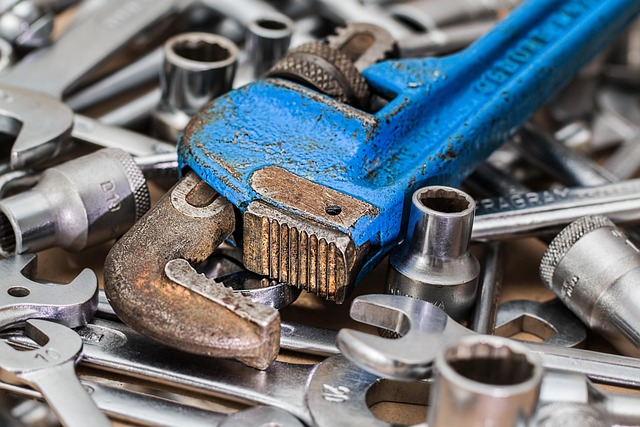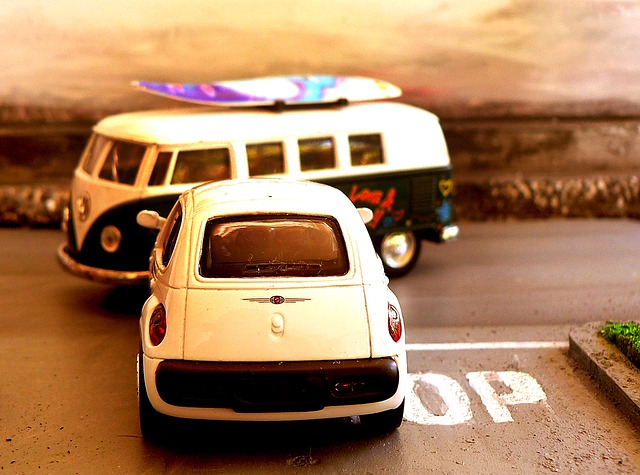Evaluating sun damage on a vehicle requires looking beyond visible cracks and chips. Check for discoloration, bubbling, peeling, and rough texture in paint, indicating UV radiation breakdown. Sun damage restoration is crucial for maintaining structural integrity and safety, involving specific methods for fading, cracking, and peeling on various materials. Meticulous evaluation of affected areas guides tailored restoration approaches, from simple repairs to complex auto body work and painting.
In the quest for restoring sun-damaged surfaces, many common pitfalls await the unsuspecting restorer. This article guides you through the essential do’s and don’ts of sun damage restoration, ensuring a meticulous process that revives, rather than exacerbates, the affected area.
From identifying various sun damage types like fading, cracking, and peeling, to understanding severity and implementing correct cleaning methods and drying techniques, every step matters. Learn how to avoid mistakes that could lead to moisture-related issues or prolonged restoration times. Additionally, discover long-term strategies for maintaining and preventing future sun damage, ensuring your surfaces remain protected from the sun’s relentless rays.
- Assessing Sun Damage: What to Look For
- – Identifying different types of sun damage (fading, cracking, peeling)
- – Evaluating the severity and extent of the damage
Assessing Sun Damage: What to Look For

When assessing sun damage to a vehicle, it’s crucial to look beyond what meets the eye. While visible cracks and chips are immediate indicators, subtler signs may suggest deeper issues. Sun damage restoration involves understanding that UV radiation can break down the paint and clear coat, leading to blisters, delaminations, and discolored spots. These early-stage problems often go unnoticed but can escalate if left unaddressed.
During the assessment, inspect the car’s exterior for any signs of discoloration, bubbling, or peeling. Auto body repair experts suggest examining the paint’s texture; a rough or uneven surface could indicate underlying damage from sun exposure. Remember, the impact of sun damage goes beyond aesthetics; it can compromise the structural integrity of the vehicle, making comprehensive car collision repair necessary to restore safety and value.
– Identifying different types of sun damage (fading, cracking, peeling)

Sun damage to various materials, be it fabrics, wood, or paintwork, can manifest in several ways. One of the most visible signs is fading, where colors lose their vibrancy and become duller over time. This occurs due to the degradation of pigments caused by prolonged UV radiation exposure. Cracking, another common issue, refers to the formation of fine lines or larger fissures on surfaces, often seen in paints or finishes as they weaken and lose flexibility. Peeling is also a telltale sign, especially on substrates like wallpaper or paint, where the layers start to separate, revealing the underlying material.
Proper sun damage restoration involves addressing these issues based on their type and severity. For example, while fading can often be corrected with specific cleaning techniques and color restorers, cracks might require filling and re-painting, similar to processes involved in auto body repair for vehicle dent repair. Recognizing these distinct forms of sun damage is crucial as it dictates the restoration methods needed to return affected items to their original condition, ensuring they are better protected from future UV-induced deterioration.
– Evaluating the severity and extent of the damage
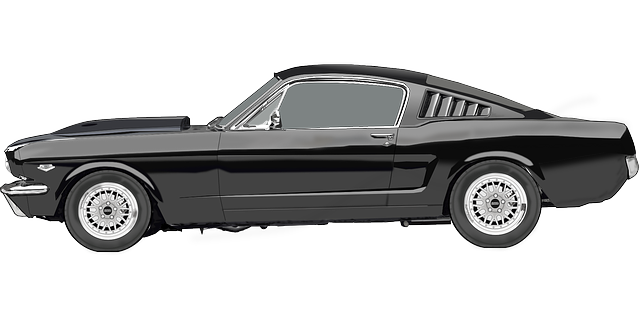
When it comes to sun damage restoration, the first step is to thoroughly evaluate the severity and extent of the issue. This involves closely inspecting the affected areas to determine the level of deterioration caused by prolonged sun exposure. Look for signs like faded colors, cracked or blistered surfaces, and overall changes in texture—all indicators that your vehicle needs a careful and precise restoration approach.
The evaluation process is crucial as it guides the subsequent steps in the restoration, whether it’s a simple fender repair or more intricate auto body restoration and painting. Understanding the damage encourages tailored solutions, ensuring that every detail is addressed to achieve a seamless, professional outcome.
When restoring sun-damaged surfaces, it’s crucial to avoid common pitfalls. By thoroughly assessing the damage, understanding its severity, and implementing appropriate repair techniques, you can effectively rejuvenate affected areas. Remember, preventing further exposure to harmful UV rays is key to maintaining optimal results. Incorporating these practices into your sun damage restoration process ensures a successful transformation without repeating past mistakes.
